 Have you ever wondered why Bird Conservancy talks so much about ranching, or why we have a Stewardship Team with Private Lands Wildlife Biologists working with landowners throughout the western Great Plains? What do birds and working lands have to do with the conservation of grasslands in the West?
Have you ever wondered why Bird Conservancy talks so much about ranching, or why we have a Stewardship Team with Private Lands Wildlife Biologists working with landowners throughout the western Great Plains? What do birds and working lands have to do with the conservation of grasslands in the West?
When I joined Bird Conservancy many years ago, I definitely couldn’t answer those questions. I grew up as just an ordinary city kid, in a metropolis of over a million people and I, like many others, knew nothing about where my food came from—much less how it relates to the natural environment and birds. I’ve learned so much from ranchers and scientists through our organization’s land stewardship efforts; they’ve helped me better understand this complex subject.
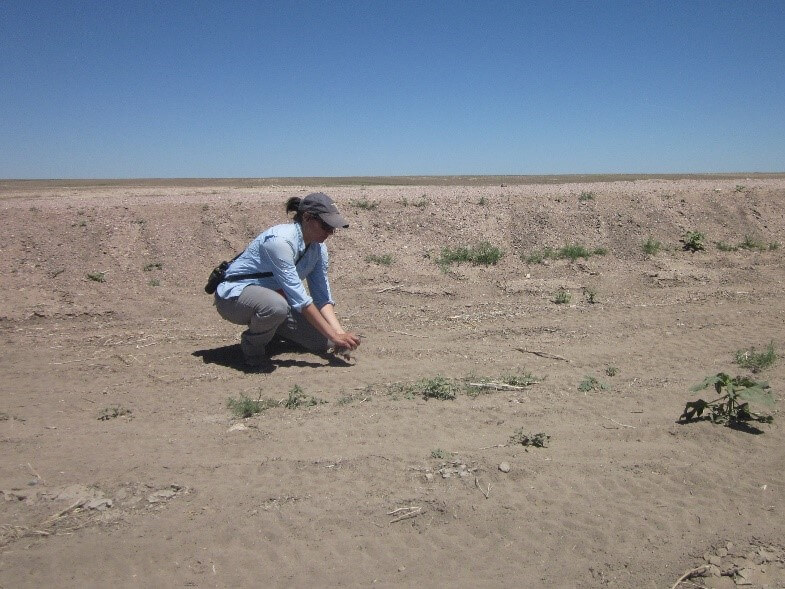
Angela Dwyer releases a Mountain Plover as part of a conservation effort on private lands. Photo: Tasha Blecha.
Cattle = Ecosystem Engineers
One of the first things that I learned was that many grassland birds depend on “disturbances” on the landscape created by natural processes in the Great Plains. In this case, disturbance is a good thing! Some of the key types of disturbance that have dominated the evolution of plants in grasslands are recurring fire, periodic drought, and grazing by bison, elk or other large mammals. All these disturbances can stimulate plant growth, activate nutrients and regenerate the soil, as well as stir up buried seeds that grow new grass and wildflowers, or in some cases, even inhibit invasive weed growth. These factors can create habitat characteristics grassland birds need. Historically, this natural disturbance was largely created by native ungulates such as bison, but now cattle mimic this process throughout the Great Plains on working ranches.
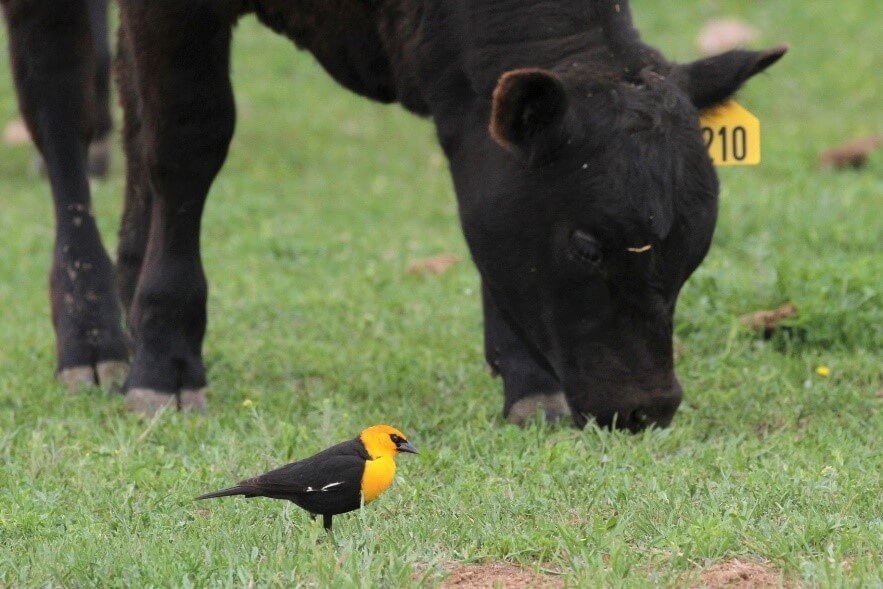
Cattle and birds, like this Yellow-headed Blackbird, co-habitat in grasslands. Photo: Rick Harness.
This matters because the grassland ecosystem of North America is home to the fastest-declining species of birds, where 720 million grassland birds have been lost since 1970, from a recent paper published in Science. World Wildlife Fund’s Plowprint Report documents in astonishing detail the rate at which grasslands are disappearing, and how. Some of the threats to grasslands are conversion to cropland, housing or development for mineral extraction, and climate-induced impacts such as increased drought or flood events. Working ranches in the Great Plains not only support livelihoods but also provide habitat for these declining species. Plus, by keeping ranchers ranching, it helps reduce the chances of conversion of the land to some other land use (e.g., development), maintains biodiversity in plants and provides vital habitat to grassland birds.
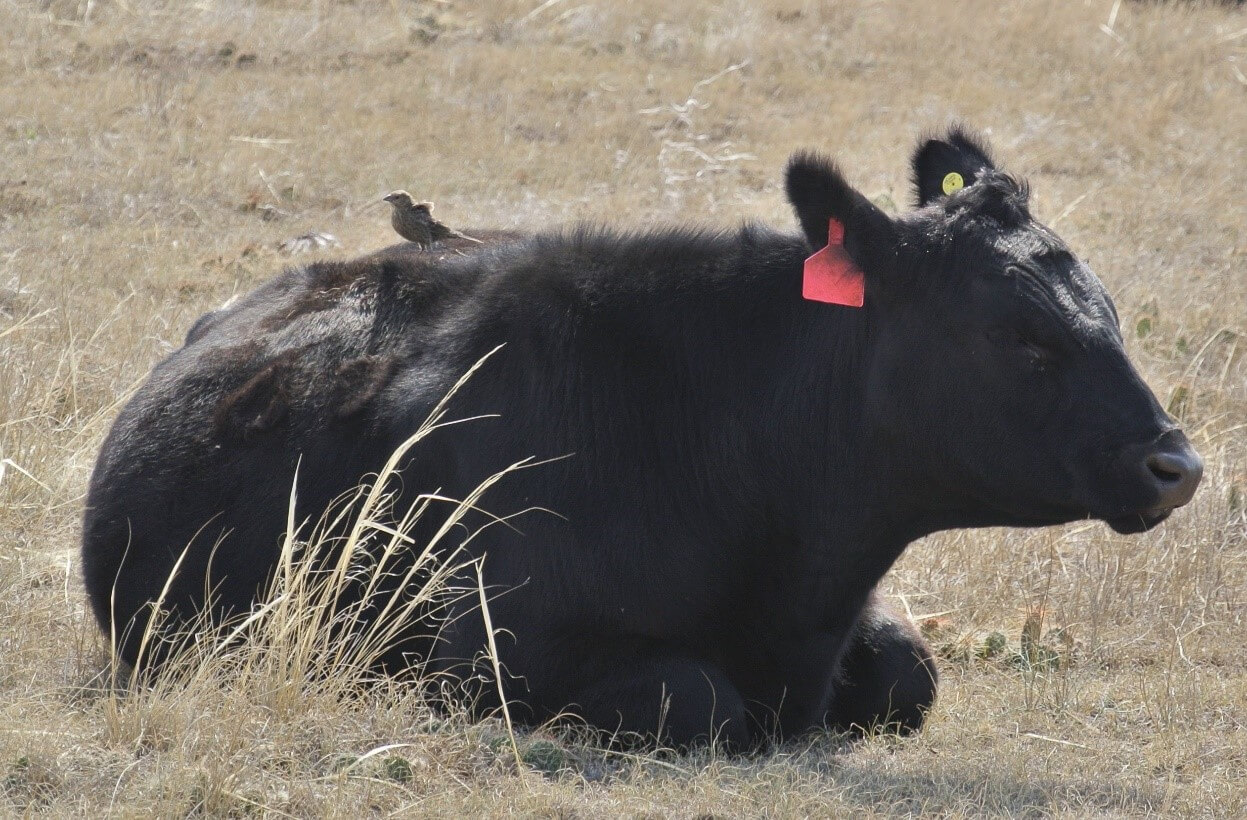
A female Brown-headed Cowbird rests on a young steer. Photo: Melissa Johnston.
Getting a Bum Rap
Cattle and meat production are presented negatively in the headlines these days, but the story told is often oversimplified or associated with poor management practices. For example, clearing pristine rainforest in developing countries for livestock grazing is definitely a practice that can be harmful to the environment on many levels, but in the Great Plains there is no removal of trees necessary to graze livestock. This ecosystem evolved with grazing and is compatible with that activity. Finally, the other thing I have learned is meat production is often linked to carbon emissions, leading to climate change. The factors involved are complex and there is growing research exploring the role that proper cattle grazing plays in carbon storage in soil.
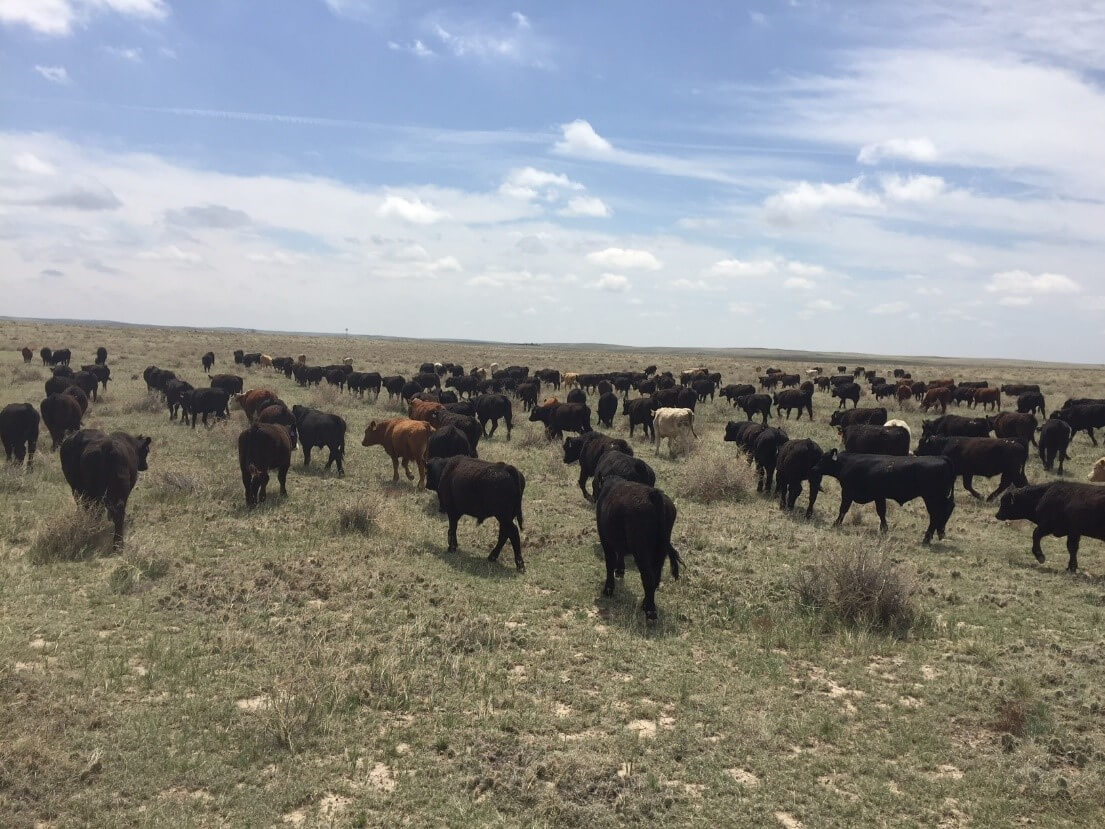
Young cattle on a ranch dedicated to rangeland research in northeastern Colorado. Photo: Justin Derner.
Keeping Ranches & Grasslands Intact
Sustainable ranching practices can be not only good for the environment, but also for people and rural communities. Many ranches are family-owned and operated, and the ecological health of their landscape is something they care for deeply. Birds aside, it’s just good business to manage for a healthy grassland. Thriving grasslands mean better forage for livestock and wildlife grazing, increased soil water retention, among other things, all of which improves the bottom line of the rancher’s business.
Ranches that are economically healthy tend to stay in business and their landscapes intact—versus being sold and developed for other uses like shopping centers—getting passed down from one generation to the next. This is good for rural communities and grassland ecosystems that birds depend on. Not to mention grazing can be a great management tool, by increasing or decreasing the number of cattle in a pasture a rancher can create a home for many grassland bird species. To learn even more about the connections between land, birds and beef, check out “Birds Got No Beef with Burger” by Kelsey Molloy, Rangeland Ecologist with The Nature Conservancy in Montana.
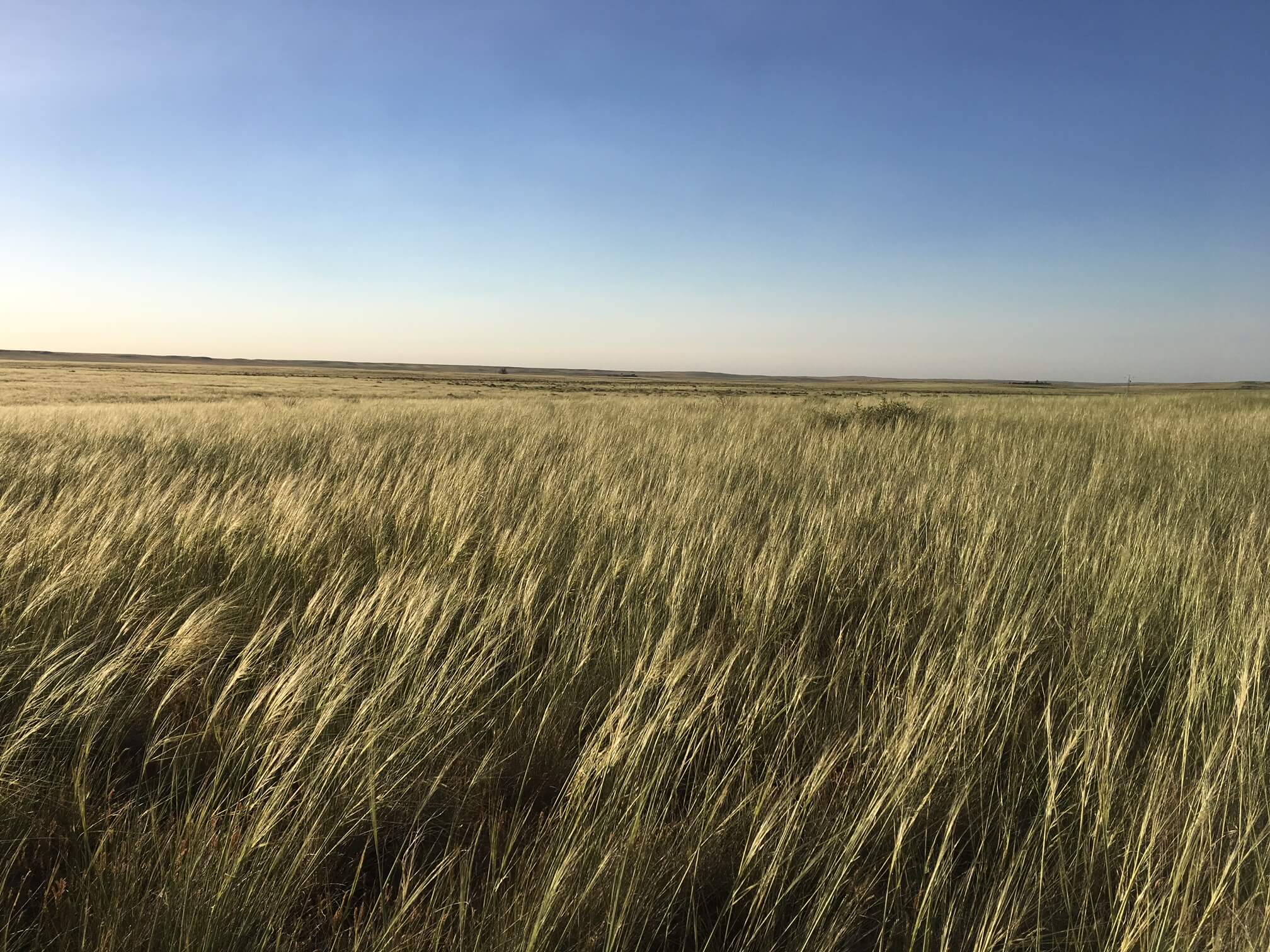
Much of the Great Plains grassland ecosystem that remains, is miles of lush prairie and surprisingly one of the most biodiverse places in North America. Photo of “Needle-and-thread grass” by Angela Dwyer.
Conservation
Bird Conservancy employs Private Lands Wildlife Biologists in a collaborative partnership with the USDA Natural Resource Conservation Service and state wildlife management agencies in six states in the western Great Plains. Our biologists live and work in rural communities, and connect with landowners, build trust and form relationships. Their role is to provide technical and financial assistance to farmers and ranchers who request it. They work directly with landowners to leverage USDA Farm Bill funding to implement conservation and ecological management, which includes birds and wildlife habitat, to increase a sustainable ranching system.
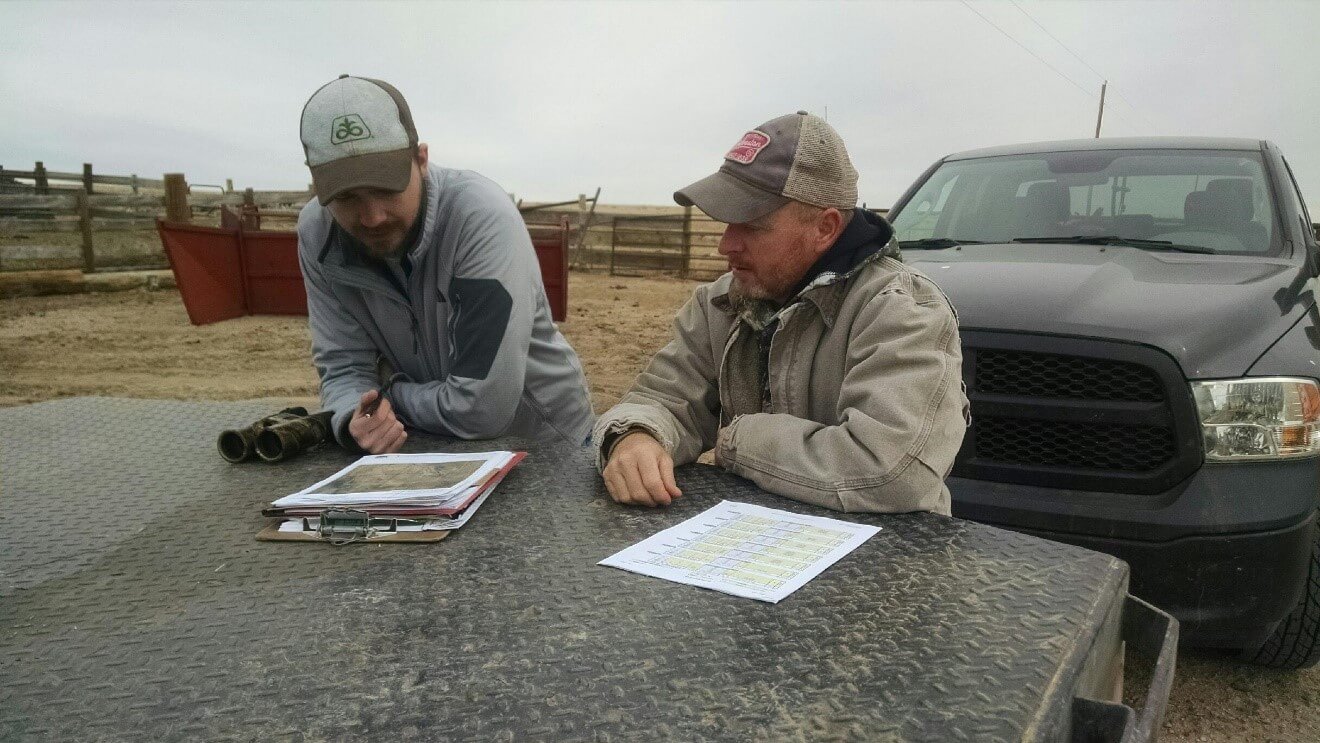
Private Lands Wildlife Biologist, Ryan Parker discussing a prescribed grazing management plan with a livestock producer. This plan will be part of a larger range and wildlife management in 2020.
Bird Conservancy is also collaborating with USDA-Agricultural Research Service to study ecological and economical goals for working ranches in the Great Plains, further demonstrating the important role of working lands to grassland ecosystems. This effort is described in more detail in our previous blog post “Cowboys, Collaboration and Conservation”.
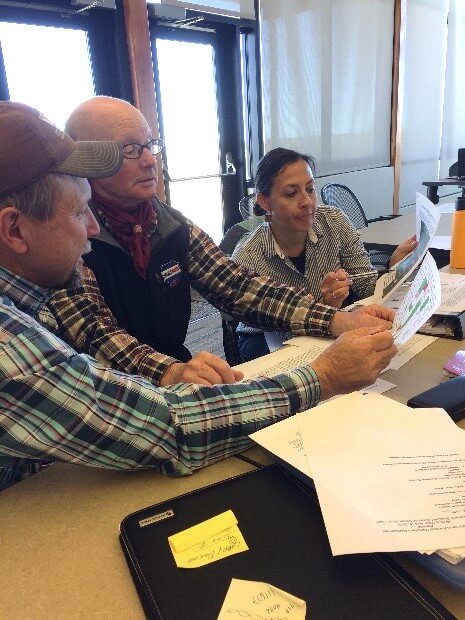
Angela Dwyer, stakeholder for the USDA-ARS research study, works with ranchers to explore management options for both cattle production and grassland bird habitat. Photo: Hailey Wilmer.
Be a Bird-Friendly Consumer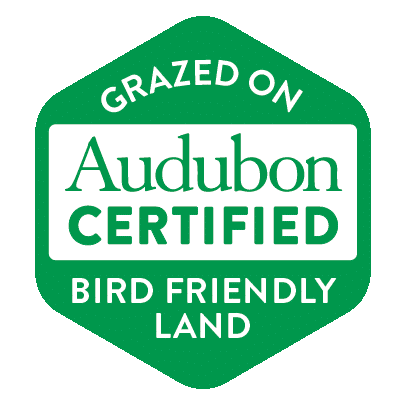
There are so many labels…grass fed, grass finished, all natural, organic, non-GMO, free range—what does it all mean? There are some distinctions here but it’s still pretty confusing. Fortunately, there are some things you can look for as a bird-friendly meat consumer to help make good choices. The first step, if possible, is to buy local and know where your meat comes from. The National Audubon Society’s Conservation Ranching Initiative is a great place to start, with a list of providers by location on their website that you can order from directly – some even ship to your door!
Remember, this is all relatively new from a branding perspective.
Most producers are not certified officially as organic, or under Audubon’s green seal, but are already managing their land with conservation in mind. Search online for local providers that sell directly to consumers. Many offer delivery options. Lastly, look for these products at your local retail grocer, and you can request these products from the meat department at your local grocery.
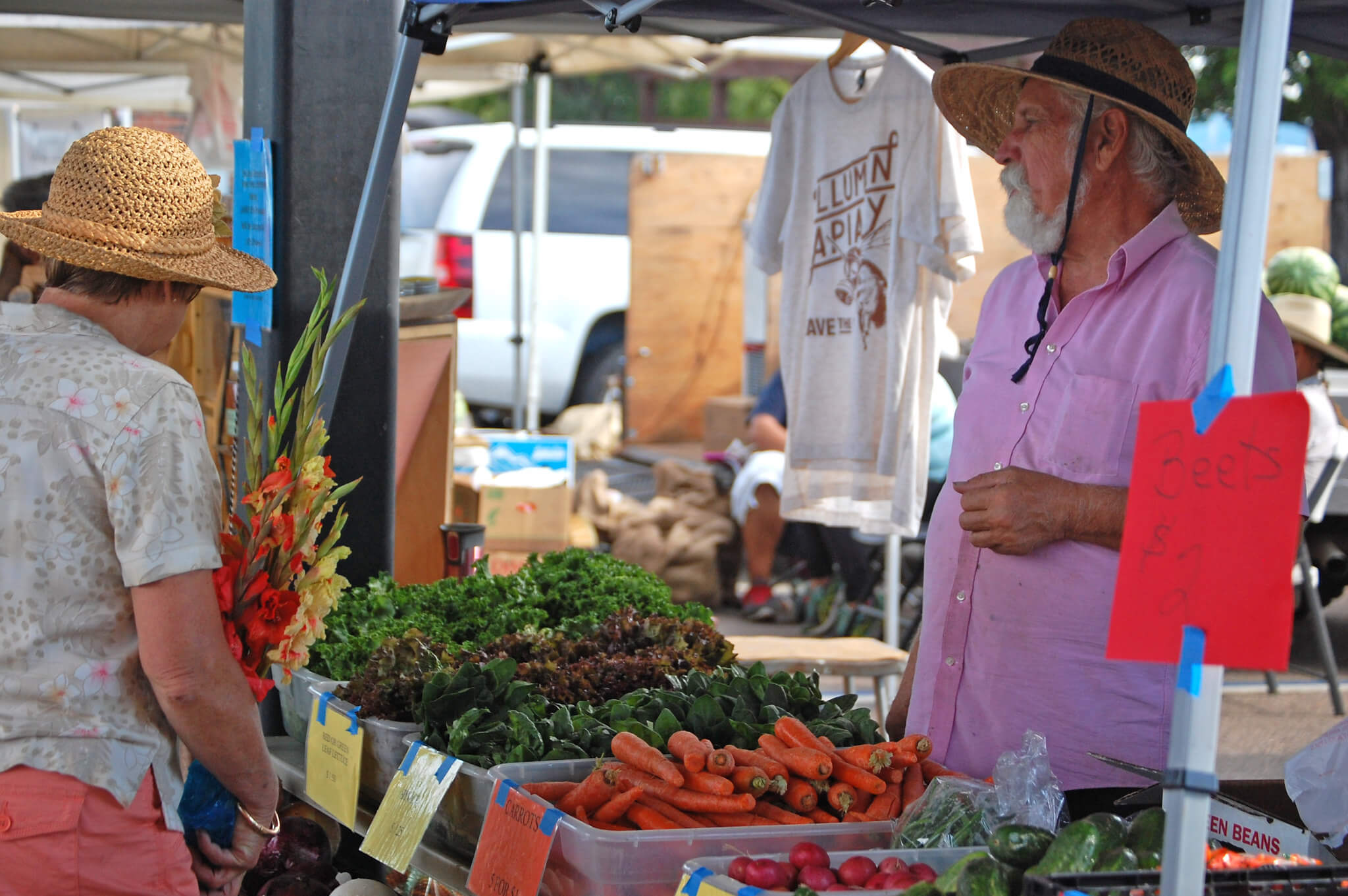
Local farmer markets are a good place to start to find local meat and produce farmers. Photo: City of Greeley.
Foods for Thought
Just to be clear, this post is not aimed at getting anyone to eat more or less meat!
The hope is to spark new ideas and thinking when it comes to making decisions about food. Your consumer choices can drive the market. Being informed is the first step. Get to know your local agricultural producers. Ask questions and read labels at your local grocery stores and farmer’s markets. Most of us are on a budget; the good news is that these days more and more retailers are offering locally-produced, or organically-grown items—and the prices are coming down.
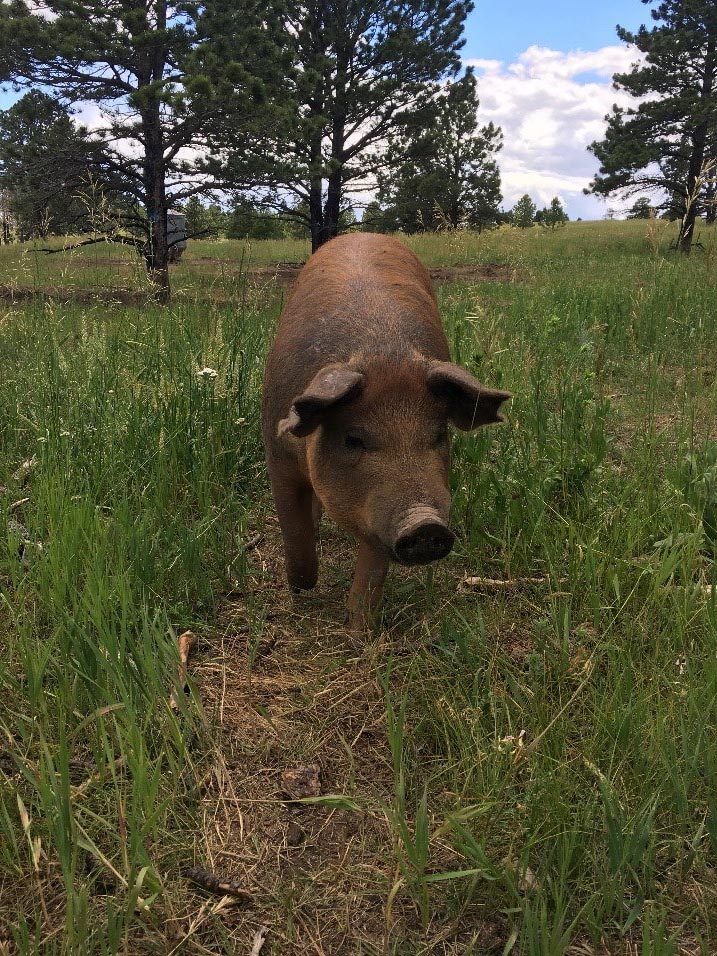
Free-range pig on an Audubon Conservation Ranching property, managed by Corner Post Meats. Photo: Angela Dwyer
More resources
- Birds & Beef: Why do they Matter?
- Cattle Ranching on North America’s Grasslands
- Passing It On
- Modern Ranching
- Stewards of the Land
- Audubon’s Conservation Ranching in Colorado and Wyoming
- 7 Bird-Friendly Foods to Put in Your Pantry
How your purchasing decisions can save our most endangered ecosystem. | Marshall Johnson | TEDxFargo
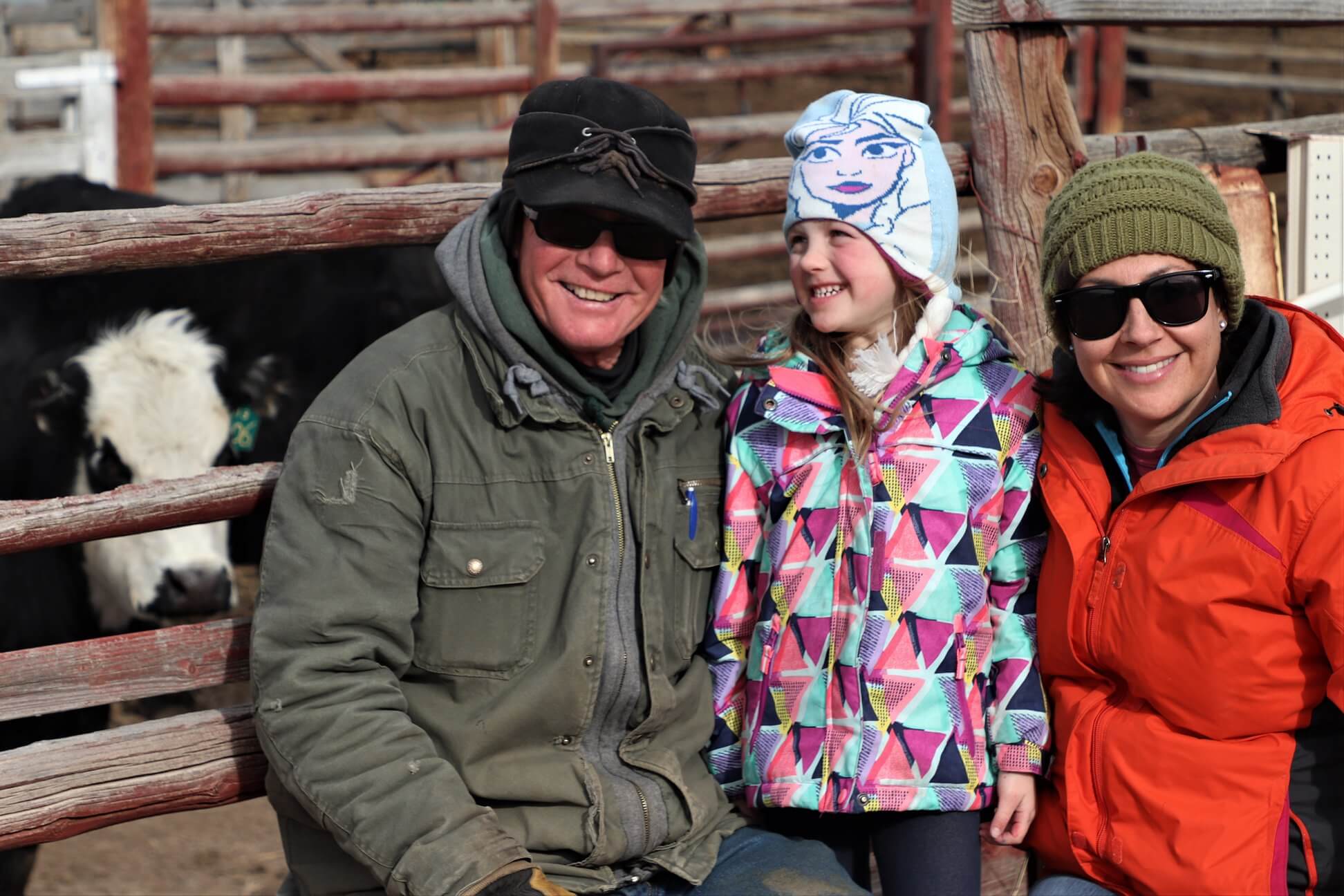
Angela Dwyer (far right) and her daughter Julia visiting Andy Lawrence at his ranch in Colorado. Andy and Angela work together on a collaborative rangeland study with the USDA Agricultural Research Service. Photo: James Dwyer.
Ranch-to-Table for the Birds!
Rancho Largo Custom Beef is one of many partner ranches that are integrating bird conservation into their operations, ensuring healthy habitat on working lands. Through June 30 2020, order a Grill Box from them and they will donate $15 to Bird Conservancy of the Rockies! Use the code “BIRDS” for free shipping on your order! Your purchase supports a local producer who cares about birds—and you get a superior quality product to enjoy.
About the Author
Angela Dwyer (Habitat Coordinator) is a Nebraska native who was raised in Texas. She studied waterbirds and received a Master’s Degree in Wildlife Management at Stephen F. Austin State University in 2006 and has been working with birds ever since. Angela moved to Colorado in 2010 and joined Bird Conservancy in 2012. She is based in Fort Collins and can be reached via e-mail or phone: (970) 482-1707 x17



